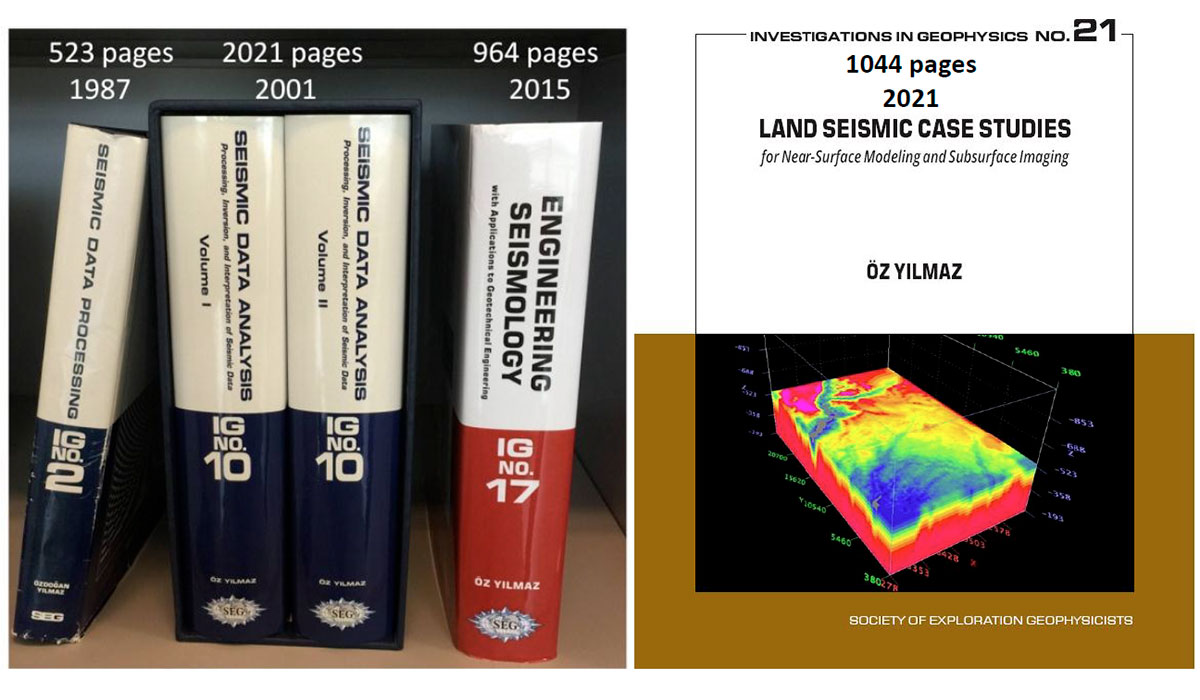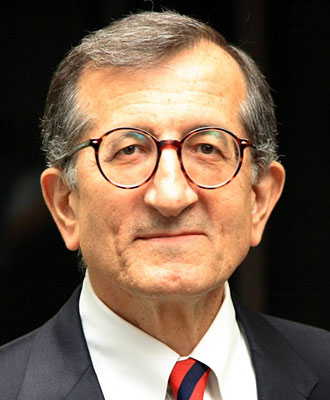Abstract
Scope of engineering seismology. The narrow scope of engineering seismology includes its application to geotechnical site investigations for buildings and engineering infrastructures, such as dams, levees, bridges, and tunnels, and landslide and active-fault investigations. It also includes seismic microzonation to determine soil amplification and liquefaction susceptibility within a municipal area to estimate the earthquake risk. The broad scope of engineering seismology includes its application to groundwater exploration, coal and mineral exploration, geothermal exploration, and investigations of historic buildings and archaelogical sites. This lecture primarily is devoted to basic principles of the seismic method applied to geotechnical engineering.
Seismic characterization of the soil column. Site investigations for civil engineering structures require multidisciplinary participation by the geologist, geophysicist, geotechnical, and earthquake engineers. A key objective of this chapter is to encourage the specialists from these disciplines apply the seismic method to solve the many challenging engineering problems.
A geotechnical design for soil remediation requires defining the three aspects of the soil column --- soil geometry, soil dynamics, and soil pedology. The geophysicist specialized in seismology designs and conducts a shallow seismic survey, analyzes reflected waves to obtain a near-surface seismic image, and analyzes refracted waves to obtain a P-wave velocity-depth model for the near-surface. By combined interpretation of the seismic image and the P-wave velocity-depth model for the near-surface, the geophysicist determines the soil geometry, including delineation of the geometry of layer boundaries within the soil column that correspond to significant velocity contrast, delineation of the geometry of the soil-bedrock interface, fault and fracture identification and characterization --- active or passive fault, and fault type such as predominantly normal or strike-slip --- and mapping geometry of potential landslide failure surfaces. The geophysicist specialized in seismology also designs and conducts a seismic survey, and analyzes surface waves to estimate an S-wave velocity-depth model for the soil column. As such, the seismic method provides a cost-effective planning of geotechnical drilling to determine the number of boreholes, and where and how deep to drill.
The need to estimate seismic velocities. The geotechnical engineer requires knowledge of elastic moduli for the soil column to define the soil dynamics. Elastic moduli can be estimated if we have knowledge of seismic velocities of the soil column. Elastic deformation within the soil column subjected to dynamic loading by a civil engineering structure or induced by earthquake motion is predominantly of shear type. The modulus of rigidity is a measure of the resistance of the elastic solid to shear deformation. The magnitude of the modulus of rigidity is proportional to the square of the S-wave velocity and is independent of the P-wave velocity. For example, a 10% decrease in S-wave velocity causes a 21% decrease in the modulus of rigidity, and thus a significant decrease in resistance of the soil column to shear deformation. To increase the shear resistance of the soil column, you need to increase shear-wave velocity by way of precompression or densification.
The Young's modulus is a measure of stiffness of an elastic solid, such as the soil column. The higher the stiffness, the more resistant is the soil column to elastic deformation under an applied load. For small values of S-wave velocity associated with noncohesive, weak soils, the magnitude of the Young's modulus is strongly dependent on the S-wave velocity and weakly dependent on the P-wave velocity. Specifically, the magnitude of the Young's modulus is proportional to the square of the S-wave velocity. For example, a 10% decrease in S-wave velocity causes a 21% decrease in the Young's modulus, and thus a significant decrease in stiffness of the soil column.
So, keep in mind that the S-wave velocity indeed governs the behavior of the soil column when it is subjected to principal and shear stresses. It is not surprising then that the most important parameter for the geotechnical engineer is the S-wave velocity.
The geologist specialized in soil geomorphology defines the soil pedology based on soil geometry, surface geology, and core samples from geotechnical borings. The geologist determines the source rocks for soil deposits, history and means of soil formation, transportation, and deposition so as to describe the soil types in the project area, including grain size, cohesiveness, and chemical composition. The geologist specialized in borehole geology obtains undisturbed cores for laboratory tests and performs the necessary geotechnical in situ high-strain tests, which may include a standard penetration test (SPT), cone penetration test (CPT), dilatometer test, and pressuremeter test.
The geotechnical engineer then uses the shear-wave velocity-depth profiles and the data from geotechnical field tests to perform laboratory tests to determine the parameters for soil dynamics, such as bearing capacity of the soil column when subjected to structural loading. The low-strain laboratory tests may include a resonant column test, ultrasonic pulse test, and piezoelectric bender element test. The high-strain laboratory tests may include a cyclic triaxial test, cyclic direct simple shear test, and cyclic torsional shear test. Finally, the model-based laboratory tests may include a shaking table test and centrifuge test (Coduto, 1999; Kramer, 1996).
It is the responsibility of the geotechncial engineer to combine the soil geometry, soil pedology, and soil dynamics description of the soil column to define a geotechnical model for the soil column in the project area. Additionally, in areas with earthquake risk, the geotechnical earthquake engineer estimates the necessary parameters for the behavior of the soil column subjected to an earthquake motion, such as peak ground acceleration, natural period of earthquake motion within the soil column, and susceptibility to liquefaction. Given the geotechnical model of the soil column, the geotechnical engineer then develops a geotechnical design for soil remediation, which may include bearing capacity analysis, slope stability analysis, susceptibility analysis of landslide masses along failure surfaces when triggered spontaneously or by an earthquake motion or rain water, liquefaction analysis of soil column with a zone of cohesionless sand layer when triggered by an earthquake motion, analysis for earthquake-induced settlement, retaining wall analysis, soil improvement analysis to mitigate earthquake risk and soil failure under loading so as to eliminate structural damage, and determination of rippable rocky soil volume for excavation purposes based on seismic-wave velocities.
Biography
- Öz Yilmaz received his B.S. in Geology with Geophysics Option from the University of Missouri-Rolla in
- 1970,
- M.S. in Geophysics with research in rock physics and earthquake seismology from Stanford University in
- 1972, and after five years in the industry,
- Ph.D. in Geophysics with research in exploration seismology from Stanford University in 1979.
- 48 years of experience in the oil and gas upstream industry.
- Since 2001, Founding Director of Anatolian Geophysical, and CTO of GeoTomo LLC, Houston, TX.
- Aside from numerous publications on all aspects of seismic data analysis, Oz wrote a book entitled Seismic
- Data Processing published by SEG in 1987,
- The expanded, two-volume second edition entitled Seismic Data Analysis was published, again by SEG, in
- January, 2001.
- And his third book is entitled Engineering Seismology published by SEG, May, 2015.
- Finally, his fourth book entitled Land Seismic Case Studies is scheduled to be published in May, 2021.

- Received the SEG Virgil Kauffman Gold Medal Award in 1991, and
- Received the EAGE Conrad Schlumberger Award in 1992.
- His biography included in Who’s Who in the World, 1998 edition.
- Elected member of the European Academy of Sciences in 2002.
- Elected Honorary Member of SEG in 2011.
- He was the SEG Distinguished Lecturer in 1996 and SEG Distinguished Instructor in 2015.






